The war between Iran and Israel is arguably a war of survival for the regime in Iran. Attacking Iran seemed to be a logical step for Israel after almost destroying its arms of proxies in the region. the regime, which stands on three pillars, namely, its conventional missile arsenal, its extensive network of regional proxy forces, and its nuclear program, is facing a war of attrition that might eventually end the very survival of the regime. The fall of the regime in Iran goes beyond mere regime change, rather, it is considered a state collapse.
The collapse of the Iranian state would have dire consequences for the region. However, the possibility of the regime surviving remains a significant scenario. While the fall of Iran is widely regarded as a regional catastrophe, its continued survival, particularly with Tehran asserting itself as a regional superpower, could prove even more destabilizing for Israel and its allies. Both outcomes carry profound regional and global implications, signalling a transformation in Middle Eastern geopolitics. The pressing question is not whether change is coming, but rather: what will the new Middle East look like?
The War of Survival
While wars are often driven by territorial disputes, this war is different. Israel’s main aim is rather targeting the very survival of the Iranian regime. Although the official Israeli narrative frames the conflict as a campaign to dismantle Iran’s nuclear program, the underlying motives appear far broader. At the heart of this confrontation lies a deep-seated belief within Israeli strategic circles that the Islamic Republic itself possess a permanent and existential threat to Israel. Under Netanyahu’s rule, this belief has crystallized into a core tenet of Israeli security doctrine. Iran is not seen as just another adversarial state with dangerous capabilities, but as a regime whose very existence is incompatible with Israel’s long-term security.
Netanyahu’s frequent claims, such as Iran having enough enriched uranium for “nine atomic bombs,” are technically misleading but politically strategic. Allowing Israel to justify its actions as defensive rather than offensive. They generate urgency, rally public opinion, and shut down opportunities for diplomacy.
Which means, the outcome of this war will ultimately hinge on whether the Iranian regime can withstand the pressure and survive. The regime’s stability rests on three core pillars: its conventional missile arsenal, its extensive network of regional proxy forces, and its nuclear program. Traditionally, discussions about war and regime survival fall within the domain of domestic politics. But Iran’s situation is different, its survival is not primarily shaped by internal political factors, but by the strength and resilience of its foreign policy architecture. In this scenario, Israel’s strategy relies on waging a war of attrition aimed at dismantling the core pillars that uphold the Iranian regime.
One of the primary targets is Iran’s missile arsenal. A key question is how long Iran can continue launching ballistic missiles at the current rate, and how long Israeli air defence systems can hold under sustained pressure. During the first four days of the conflict, Israel reported that Iran launched over 350 missiles. Since then, the IDF have noted a decrease in the intensity of missile fire, which may suggest that Iran is beginning to ration its stockpile in anticipation of a protracted conflict. The Iranian leadership will need to carefully assess how long it can maintain this pace of confrontation.
Recent assessments from Israeli intelligence suggest that the number of operational missiles may be closer to 2,000. This would only permit a limited number of large-scale barrages designed to overwhelm Israeli missile defences. Tehran’s ability to replenish these arsenals is constrained. Before the current conflict, U.S. intelligence assessed that Iran was producing about 50 ballistic missiles per month. While this is a notable production rate, it is still inadequate to sustain the current level of missile launches. Despite this, Iranian military sources have claimed that the missile stockpile remains stable and that Iran has withheld its most advanced and lethal missiles, keeping them in reserve for critical moments.
Another crucial factor in evaluating the sustainability of Iran’s missile campaign is the capacity of Israel’s interceptor stockpiles, particularly the Arrow 2 and Arrow 3 systems. Although Israel’s layered missile defence, comprising the Iron Dome, David’s Sling, and Arrow systems, has successfully intercepted the majority of Iranian missiles, these systems rely on a finite supply of costly interceptors. While the U.S. has provided support through the deployment of a THAAD system and missile defence destroyers in the eastern Mediterranean, the burden on Israel’s own resources remains significant.
The financial cost of defence is substantial, Arrow 3 interceptors are estimated to cost between $2 million and $3.5 million each, while Arrow 2 rounds are priced around $1.5 million. Reports now suggest that Israel is running low on these critical munitions. And while some argue that Netanyahu would not have launched strikes against Iran without ensuring sufficient stockpiles, this assumption is challenged by his ongoing appeals for increased U.S. support. Historically, each time Israel has initiated major military operations such as in Gaza, Lebanon, or Syria, Washington has stepped in to rapidly resupply it with bombs, missiles, air defence systems, and fuel. Netanyahu appears to be counting on a similar U.S. response to sustain Israel’s war effort.
An analysis of the current state of both rivals suggests that each is experiencing signs of depletion, and a prolonged war would likely be unsustainable for either side. The balance of the conflict now hinges on the extent of U.S. intervention in support of Israel.
The second key pillar of the Iranian regime is its network of regional proxies. In many ways, Iran has already been engaged in conflict with Israel through these groups over the past year, with the current war marking a shift from proxy warfare to direct confrontation. However, it is evident that Iran’s proxies, particularly Hezbollah, have been under significant strain in recent months. Israel’s escalation toward striking Iran directly can be seen as a logical next step, especially after severely weakening these proxy forces.
There have been indications that Hezbollah may enter the conflict if the U.S. military intervenes. In response, U.S. Special Envoy for Syria, Tom Barrack, warned the group that doing so would be “a very bad decision,” highlighting once again the pivotal role American involvement could play. For now, however, Hezbollah appears reluctant to escalate. The group emerged from the 2024 conflict considerably weakened, having lost a large portion of its missile stockpile and numerous senior commanders. Additionally, a series of targeted attacks, involving the detonation of modified pagers and walkie-talkies used by Hezbollah members, inflicted further damage.
The Houthi rebels in Yemen remain Iran’s only proxy still actively engaged in the conflict against Israel. However, their operational capacity is limited by geography, given their distance from Israeli territory. Despite these constraints, the Houthis remain a force worth monitoring. Less than a month before the Iran-Israel war erupted, Israel confirmed that its defence systems failed to intercept a ballistic missile launched from Yemen toward Ben Gurion Airport in Tel Aviv. The attack injured seven people and temporarily shut down air traffic. Notably, the missile evaded two of the most advanced missile defence systems in the world, Israel’s Arrow and the U.S.-made THAAD, raising concerns about system vulnerabilities.
Nonetheless, the broader picture reveals that Iran’s network of proxies has been significantly weakened. In the event of direct American military involvement, Tehran’s reliance on these groups would likely prove insufficient to counterbalance Israel’s capabilities.
The third and arguably most critical pillar of the Iranian regime is its nuclear program. While Israel has framed the current war as a campaign to dismantle this program, a crucial question remains: is such a goal even feasible without direct U.S. involvement? Iran’s most important nuclear facility, Fordow, which was bombed by American “bunker busters”, on the 22nd of June, built deep within a mountain, houses advanced centrifuges and plays a key role in Iran’s uranium enrichment capabilities.
Most experts agree that disabling this facility requires the use of GBU-57A/B Massive Ordnance Penetrators, commonly known as “bunker busters”, bombs designed to reach deeply buried targets. These can only be deployed by U.S. B-2 stealth bombers, underscoring a critical point; fully neutralizing Iran’s nuclear program is beyond Israel’s current military capabilities and that American intervention is once again critical.
Regime Collapse or Superpower Rise?
The above lines have outlined the key elements that Israel would need to dismantle within the Iranian regime in order to claim victory. A key factor in this equation is likely to be American intervention, as it seems highly improbable that Israel could achieve its objectives alone. Based on this, the war could unfold into one of three possible scenarios. Two of them fall under the umbrella of regime survival: in the first, the regime emerges stronger than before, a deeply troubling outcome for Israel and its Western allies; in the second, the regime survives, but in a severely weakened state, stripped of its power and influence, and focused solely on internal survival. The third scenario, however, involves the complete fall of the regime, potentially followed by the establishment of a puppet government in Tehran aligned with Israeli and American interests.
Survival Scenario
In one of the more plausible yet complex outcomes of the Israel-Iran war, the Islamic Republic survives, but only in form, not in function. This scenario envisions a regime that remains nominally in power but has been stripped of its coercive tools, strategic leverage, and ideological reach. It no longer commands fear, influence, or deterrence beyond its borders. Instead, it becomes an isolated theocracy struggling to maintain relevance and control within its own borders.
This outcome would likely follow the success of Israel, and probably the U.S., in dismantling Iran’s nuclear infrastructure and eliminating its proxy networks across the region. Without the ability to enrich uranium, develop ballistic capabilities, or direct proxies in Lebanon, Iraq, Syria, and Yemen, the Islamic Republic would lose the very foundations of its regional strategy, its “strategic depth,” as Iranian officials often describe it. But a regime with no arms and no proxies does not necessarily mean immediate collapse. Rather, it enters a fragile limbo. The ruling clerics may remain in power, but their ability to threaten the Israel will go in vain.
Regionally, Iran’s absence would significantly alter the Middle Eastern balance. Iran’s adversaries might find temporary relief, but a sudden vacuum could also spur new forms of instability. In places where Iran’s proxies have filled political voids, new power struggles may erupt, potentially leading to chaos or intervention by rival states or non-state actors.
A potentially disastrous outcome for Israel would be a scenario in which the Iranian regime emerges from the conflict not only intact but significantly empowered. In that case, the regime will likely prioritize rebuilding and strengthening its regional influence through its extensive network of proxy groups, the “Axis of Resistance.” Despite suffering setbacks during recent conflicts, Iran is expected to re-arm and re-equip allies such as Hezbollah in Lebanon, Hamas in Gaza, the Iraqi Popular Mobilization Forces (PMF), and the Houthis in Yemen. Although some proxies have faced significant challenges and even hesitated to fully support Iran in recent conflicts, the network remains a critical strategic asset for Tehran, serving as a buffer against direct attacks on Iranian territory and continuing to fuel regional instability and proxy conflicts.
In fact, the war might increase the likelihood of Iran eventually developing a nuclear weapon. The actual extent of the damage to Iran’s nuclear infrastructure remains uncertain, even after the American attack on June 22. Iran operates two heavily fortified enrichment facilities: Natanz and Fordow. While Israel reportedly struck Natanz, destroying surface-level equipment and cutting power to underground cascade halls, the long-term damage to the centrifuges caused by this power disruption remains unclear. Fordow, which houses thousands of advanced centrifuges enriching uranium to near-weapons-grade levels, is located even deeper underground and is considered beyond the reach of Israeli capabilities, only the American can destroy it as mentioned before.
Tehran could choose to de-escalate by dismantling its enrichment activities to avoid further conflict and preserve the regime. However, the U.S. and Israel have provided little assurance that such a concession would result in improved conditions for Iran. On the contrary, the ongoing war may push Iran to reconstruct its nuclear program in a more concealed and resilient form, potentially paving the way for weapons development in the near or distant future. With its proxy forces weakened, its conventional military degraded, and its strategic environment increasingly hostile, Tehran may view nuclear capability as its only remaining strategic safeguard.
Even if Iran does not move immediately toward weaponization, it may take steps to eliminate existing constraints, such as withdrawing from the NPT, or implement measures that make its program more immune to future military strikes. This would mark a shift from a policy of strategic ambiguity to one of explicit nuclear deterrence, not necessarily driven by ideology, but by a perception of existential necessity.
Such a transformation would resemble North Korea’s path: an initially ambiguous program that evolved into an open deterrent as a direct response to external threats. Iran’s internal calculus may now be shifting in a similar direction. If successful, the regime would emerge as a regional superpower.
The Fall of the Regime
The collapse of a centralised government in Iran would almost certainly create a huge governance and security vacuum, much like what happened in Libya after Muammar Gaddafi’s fall. Similar to Libya, a range of existing and emerging non-state armed groups, including ethnic militias, would quickly exploit this power vacuum in Iran. The Iranian military itself could face fragmentation, with shifting loyalties and possible defections, further weakening the state’s ability to maintain order and increasing the risk of widespread internal fighting.
Iran has been actively supporting proxy groups like Hezbollah, Iraqi militias, and the Houthis across the Middle East. If the regime collapses, the loss of centralised control over these networks could cause them to become more autonomous or even splinter, spreading their influence and capabilities in unpredictable ways and creating a more unstable regional security environment.
Beyond Iran’s proxies, a security vacuum could also allow dangerous extremist groups like ISIS-Khorasan and ISIS in Syria to regain strength. These groups have shown they can strike beyond the Middle East, and if counter-terrorism efforts weaken amid chaos, they could rebuild their forces and seize territory, expanding extremist threats far beyond Iran’s borders. Given these existing networks and the potential for new opportunities, concerns about chaos and extremism spreading regionally are well justified.
Significantly, the possibility that Iranian military weapons could fall into unauthorized hands is a major concern if the regime collapses. The Islamic Revolutionary Guard Corps (IRGC) controls a large and powerful ballistic missile arsenal. Among these are medium-range missiles capable of reaching Israel, such as the Khorramshahr missile, which has a range of 2,000 kilometres and can carry a 1,500-kilogram payload. Beyond missiles, the regular Iranian army (Artesh) has a significant stockpile of conventional weapons, including over 200 combat tanks, thousands of fighting vehicles, artillery units, air defence systems, and a wide variety of small arms.
If central authority breaks down, a security vacuum could allow these weapons to slip out of government control. The comparison to Libya after Gaddafi’s fall is relevant, as weapons flooded the region then. However, the Libyan case, while chaotic, resulted in less long-term proliferation of advanced weapons than feared. For example, only about 7% of weapons found in the Sahel region originated from Libya, and most were older arms diverted from local armies.
Returning to Iran’s proxies, these groups already possess sophisticated weapons, including advanced drones, anti-tank missiles, rocket-propelled grenades, and small arms. Iran and Hezbollah have also smuggled a range of weapons, such as fragmentation charges, anti-tank mines, grenade launchers, and shoulder-fired missiles, into other conflict zones. In a collapse scenario, the existing arms trafficking networks and experienced non-state actors could quickly acquire and redistribute even more advanced Iranian military hardware.
There is also a serious risk related to chemical weapons. According to the U.S. Central Command, Iran maintains an active chemical weapons program, developing pharmaceutical-based agents for offensive use. Losing control over such a program amid chaos could have devastating consequences both inside Iran and across the region. The concern about weapons falling into extremist hands, as happened in Libya, is even more alarming in Iran’s case because of the scale and sophistication of its arsenal and its deep ties to numerous armed groups. If various factions, including extremist organizations, seize these weapons, it would greatly destabilize the region and pose a direct threat to international security.
The collapse of the Iranian government could spark a humanitarian crisis on an unprecedented scale, potentially causing the largest refugee outflow since World War II. Iran’s population is now over 92 million, about four times larger than Syria’s population when its civil war began and displaced a quarter of its people. If a similar proportion of Iranians were forced to flee, that could mean roughly 23.4 million refugees, increasing the global refugee population by around 76%. This estimate doesn’t include the approximately 3.5 million mostly Afghan refugees currently living in Iran, many of whom would likely try to escape as well.
Neighbouring countries would face enormous challenges absorbing such a massive influx. Iraq and Azerbaijan, both Shi’a-majority nations, would likely be primary destinations for Iranian Shi’a refugees. Additionally, the arrival of millions of Iranian Shi’a could seriously disrupt Iraq’s fragile political system. Turkey, which has previously taken in many Syrian Sunni refugees, might be less welcoming to Iranian Shi’as. Armenia could also see tens or hundreds of thousands of refugees from northern Iran, including ethnic Armenians, putting significant strain on its economy and social fabric and potentially increasing geopolitical tensions.
Experts suggest that Gulf States might serve as temporary hosts for Iranian workers or wealthy migrants, similar to their role during the Syrian Civil War. However, the sheer scale of displacement from Iran would stretch resources and services across the region. Host countries would need to consider opening up their economies to accommodate large numbers of new workers, manage fiscal pressures, and prevent political instability caused by economic uncertainty.
In essence, the ongoing war between Iran and Israel is not merely a military confrontation, it is an existential battle for the survival of the Iranian regime. With the erosion of its proxy network, threats to its missile arsenal, and increasing pressure on its nuclear program, the regime faces a potential collapse that would signify not just a change in leadership, but the unravelling of the Iranian state itself. Yet, the survival of the regime is no less consequential; an emboldened Iran emerging from this conflict could reshape the balance of power in the Middle East. Whether through collapse or consolidation, the region stands on the brink of a profound transformation.
References
Al Jazeera. “A Simple Visual Guide to Iran and Its People.” Al Jazeera, June 20, 2025. https://www.aljazeera.com/news/2025/6/20/a-simple-visual-guide-to-iran-and-its-people
“Assad’s Collapse Fractures Iranian Axis, but Ensuing Chaos Could Batter Rest of Region.” Times of Israel. https://www.timesofisrael.com/assads-collapse-fractures-iranian-axis-but-ensuing-chaos-could-batter-rest-of-region/
“Can Israel Destroy Iran’s Nuclear Program?” Foreign Affairs. https://www.foreignaffairs.com/israel/can-israel-destroy-iran-nuclear-program
Chatham House. “How the Axis Was Formed and How It Has Evolved.” Chatham House, March 2025. https://www.chathamhouse.org/2025/03/shape-shifting-axis-resistance/02-how-axis-was-formed-and-how-it-has-evolved
“Collapse of Iranian Regime Could Have Unintended Consequences.” Reddit. https://www.reddit.com/r/geopolitics/comments/1lficyl/collapse_of_iranian_regime_could_have_unintended/
“Demographics of Iran – 2025.” Worldometer. https://www.worldometers.info/demographics/iran-demographics/
Dehghan, Saeed Kamali. “Israel’s Attack Has Exposed Iran’s Lack of Firepower – but Conflict Could Yet Turn in Tehran’s Favour.” The Guardian, June 19, 2025. https://www.theguardian.com/world/2025/jun/19/israels-attack-has-exposed-irans-lack-of-firepower-but-conflict-could-yet-turn-in-tehrans-favour
“Economy of Iran Past the Point of No Return.” Modern Diplomacy, November 15, 2024. https://moderndiplomacy.eu/2024/11/15/irans-economy-past-the-point-of-no-return/
EIS MENA. “Iran after the Death of Raissi: Internal Challenges and External Issues.” EIS MENA, May 31, 2024. https://eismena.com/en/article/iran-after-the-death-of-raissi-internal-challenges-and-external-issues-2024-05-31
“Examining Internal and External Strategies of the Iranian Regime.” Insight Turkey. https://www.insightturkey.com/articles/how-the-iranian-regime-survived-examining-internal-and-external-strategies
“Explained: Axis of Resistance and Iran’s Proxy Network across Middle East.” NDTV. https://www.ndtv.com/world-news/israel-hamas-palestine-gaza-explained-axis-of-resistance-and-irans-proxy-network-across-middle-east-4534061
“Fall of the Assad Regime: Regional and International Power Shifts.” SWP Berlin. https://www.swp-berlin.org/publikation/the-fall-of-the-assad-regime-regional-and-international-power-shifts
Firouz, Mahvi. “The Impact of the Fall of Bashar Assad on Iran and Its People.” Atalayar, December 13, 2024. https://www.atalayar.com/en/opinion/firouz-mahvi/the-impact-of-the-fall-of-bashar-assad-on-iran-and-its-people/20241213160000208906.html
“Geopolitical Monitor: Israel’s Endgame in Iran – Collapse, Not Containment.” Geopolitical Monitor. https://www.geopoliticalmonitor.com/israels-endgame-in-iran-collapse-not-containment/
“Iran and Russia Are the Biggest Regional Losers in Assad’s Fall.” United States Institute of Peace, December 2024. https://www.usip.org/publications/2024/12/iran-and-russia-are-biggest-regional-losers-assads-fall
“Iran at a Historical Crossroads.” E-International Relations, March 25, 2025. https://www.e-ir.info/2025/03/25/iran-at-a-historical-crossroads/
“Iran Demographics 2025.” Population Pyramid. https://www.populationpyramid.net/iran-islamic-republic-of/2025/
“Iran Population 2025.” World Population Review. https://worldpopulationreview.com/countries/iran
“Iran’s Axis of Resistance Is Keeping Out of the Fight with Israel: Experts.” New York Post, June 19, 2025. https://nypost.com/2025/06/19/world-news/irans-axis-of-resistance-are-keeping-out-of-the-fight-with-israel-experts/
“Iran’s Economy Past the Point of No Return.” Modern Diplomacy, November 15, 2024. https://moderndiplomacy.eu/2024/11/15/irans-economy-past-the-point-of-no-return/
“Iran’s Proxy Network in Decline.” Arab Gulf States Institute in Washington (AGSIW). https://agsiw.org/the-decline-of-irans-proxy-network/
“Iran’s Regime on the Brink.” The Economist, June 16, 2025. https://www.economist.com/middle-east-and-africa/2025/06/16/will-irans-hated-regime-implode
“Israeli Officials: Iran Attack Needed to Stop Nuclear Ambitions.” Foreign Policy, June 17, 2025. https://foreignpolicy.com/2025/06/17/israel-iran-nuclear-program-destroy-united-states-bunker-buster/
“Israel–Iran: Attack Signals Determination to Go Nuclear.” Foreign Policy, June 16, 2025. https://foreignpolicy.com/2025/06/16/iran-israel-attack-nuclear-bomb-determination/
“Iranian Axis of Resistance: From Proxies to Enemies Abroad.” Radio Free Europe/Radio Liberty (RFE/RL). https://www.rferl.org/a/iran-axis-resistance-proxies-enemies-abroad-quds/32645674.html
“Militarily Degraded Iran May Turn to Asymmetrical Warfare.” The Conversation. https://theconversation.com/a-militarily-degraded-iran-may-turn-to-asymmetrical-warfare-raising-risk-of-proxy-and-cyber-attacks-259318
“People of Iran.” Britannica. https://www.britannica.com/place/Iran/People
“Regime Change in Iran Is Possible Only by Supporting Its Ethnic Minorities.” MEMRI. https://www.memri.org/reports/regime-change-iran-possible-only-supporting-its-ethnic-minorities
Stimson Center. “Reform Is Happening in Iran—and Assad’s Fall Could Accelerate It.” Stimson Center, 2025. https://www.stimson.org/2025/reform-is-happening-in-iran-and-assads-fall-could-accelerate-it/
“The Axis of Resistance Returns to Its Local Roots.” The Century Foundation. https://tcf.org/content/report/the-axis-of-resistance-returns-to-its-local-roots/
“The New Arab. “What the Fall of Assad Means for Iran’s Regional Influence.” The New Arab. https://www.newarab.com/analysis/what-fall-assad-means-irans-regional-influence
“The Persistence of Iran’s Axis of Resistance.” ISPI Online. https://www.ispionline.it/en/publication/the-persistence-of-irans-axis-of-resistance-209812
“Understanding the Iran Nuclear Deal.” Council on Foreign Relations. https://www.cfr.org/backgrounder/what-iran-nuclear-deal
“What Happens If the Iranian Regime Falls?” New Statesman, June 2025. https://www.newstatesman.com/comment/2025/06/what-happens-if-the-iranian-regime-falls
World Bank. “Iran Population.” Worldometer. https://www.worldometers.info/world-population/iran-population/
Ynet News. “Iranian Missiles and Israel’s Counterstrategy.” Ynet News. https://www.ynetnews.com/article/hy35sje4gx


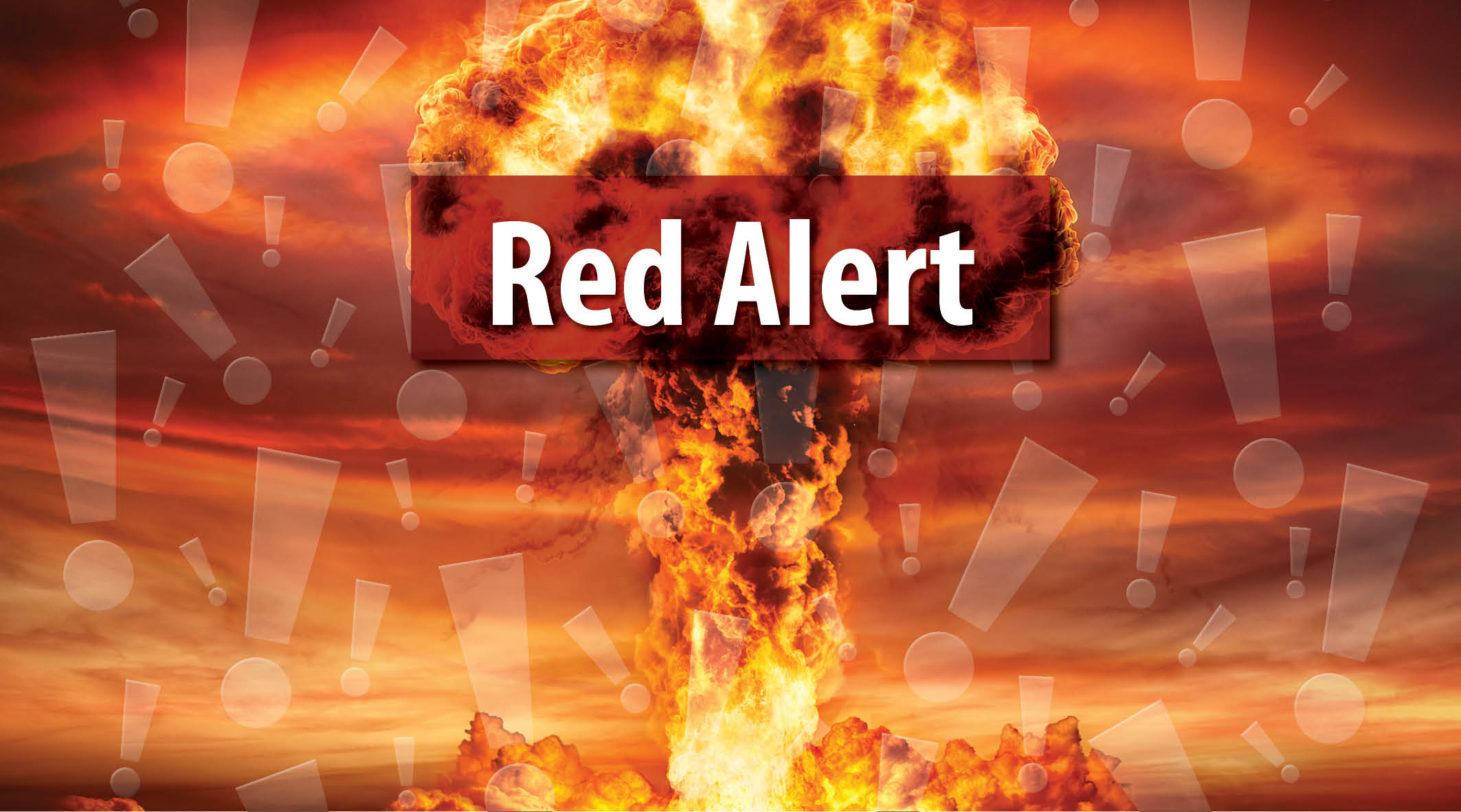
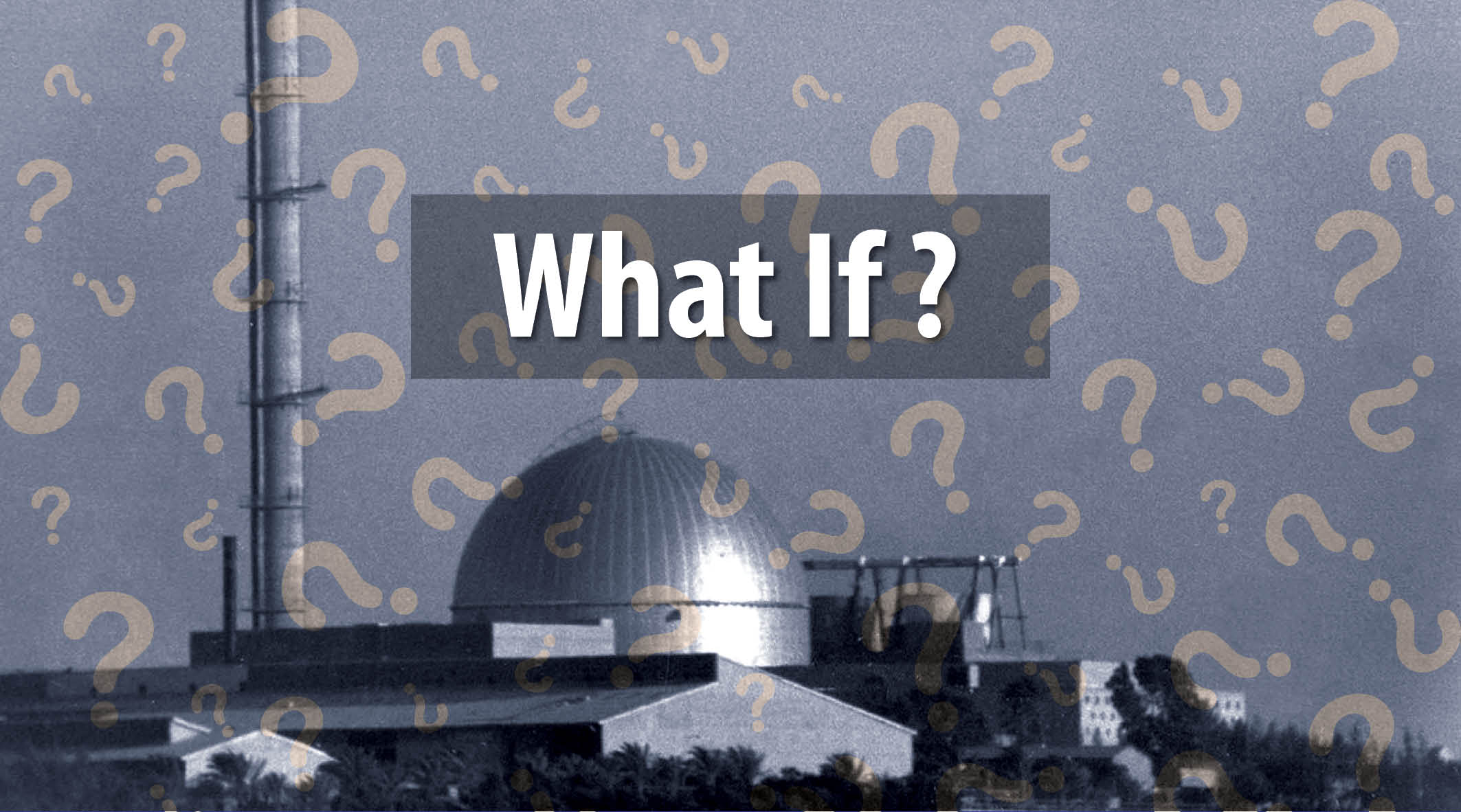
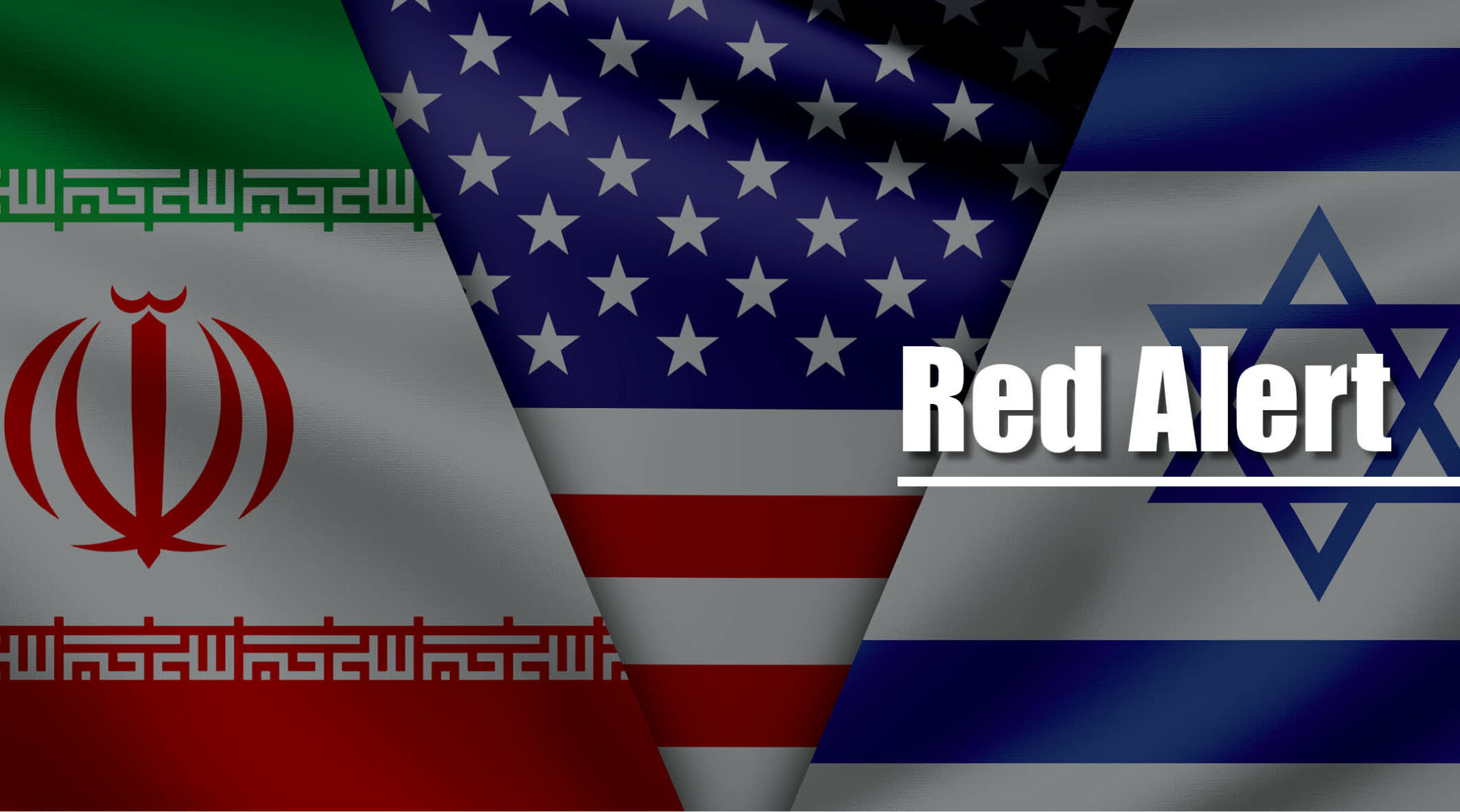
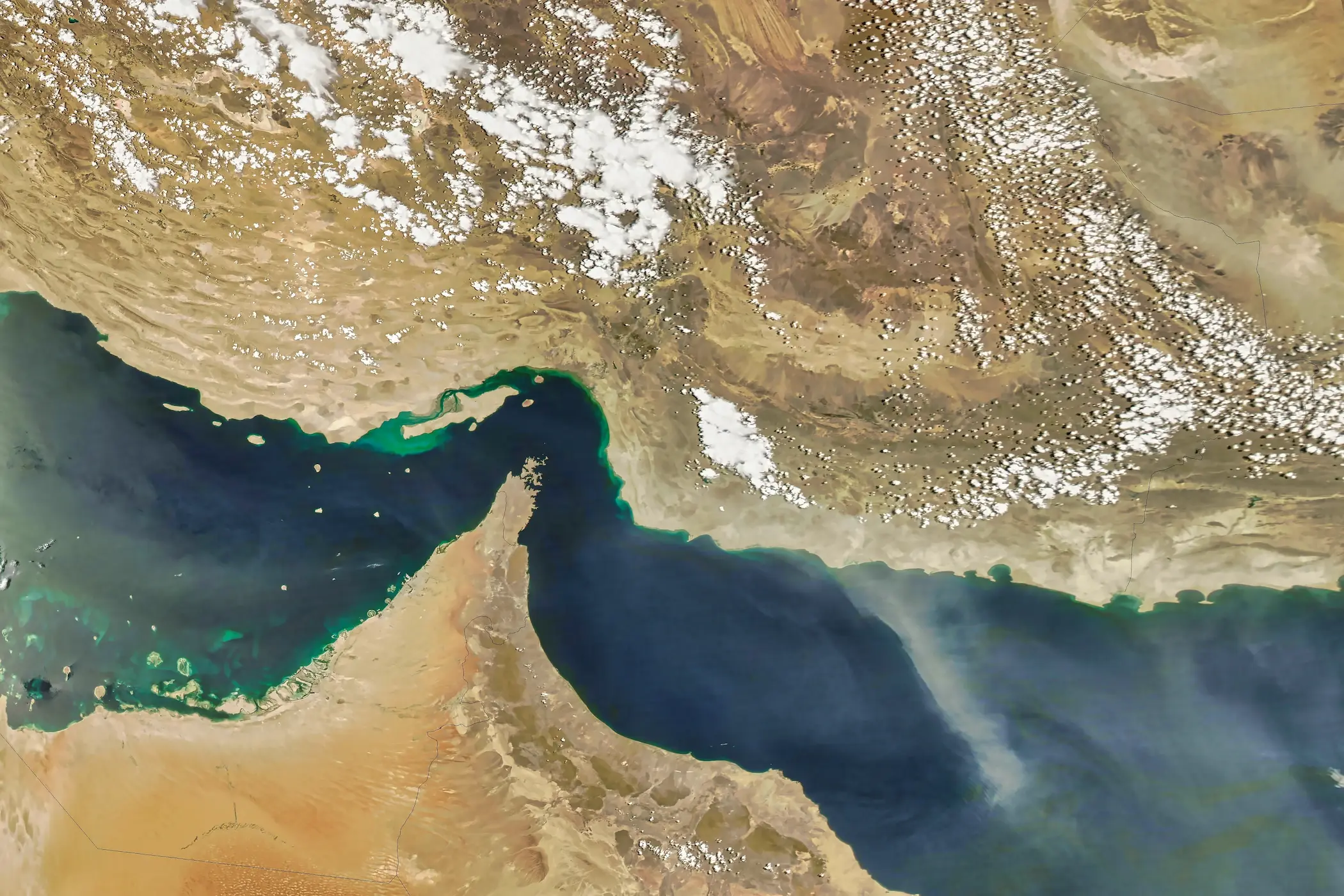
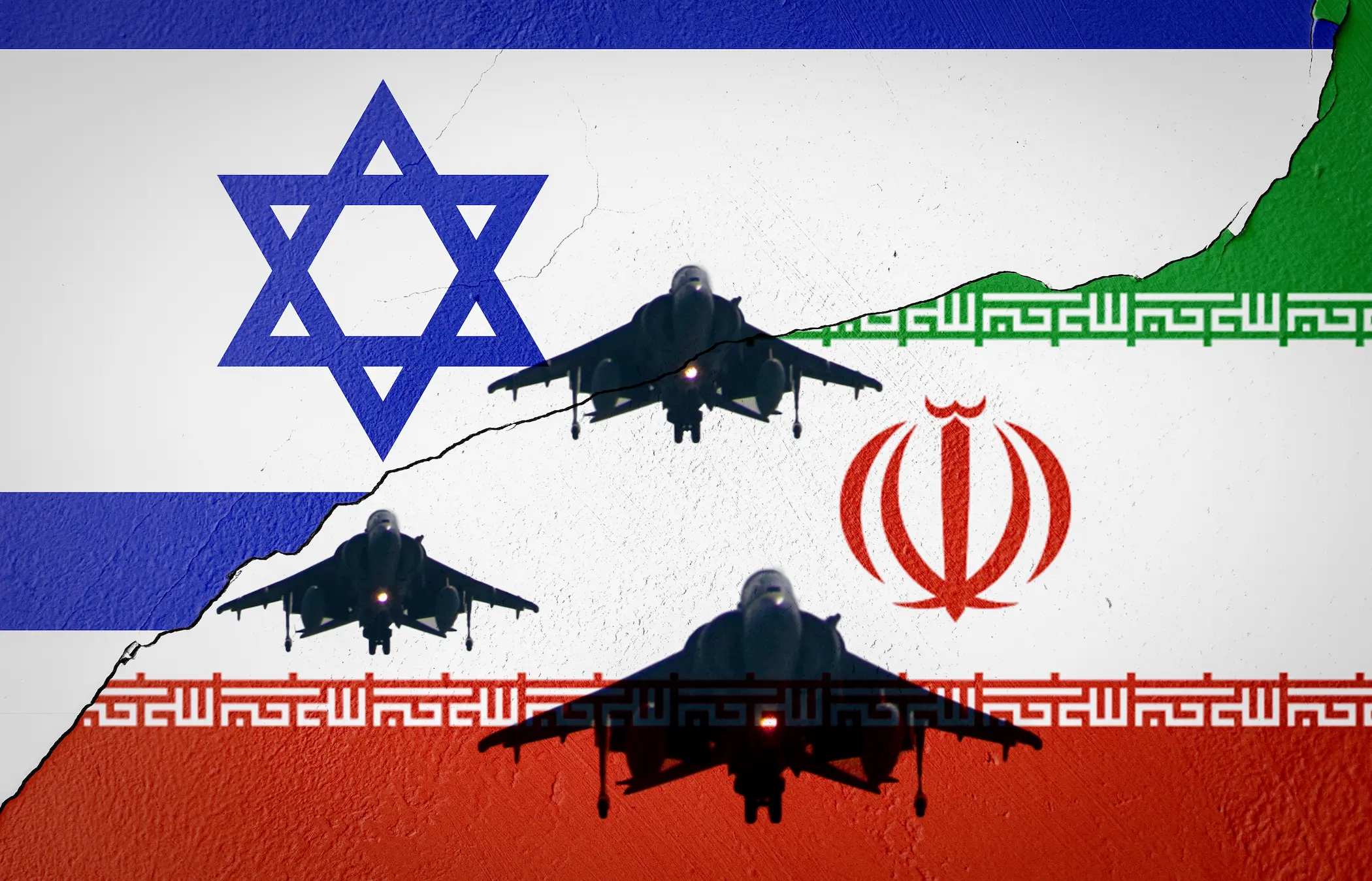
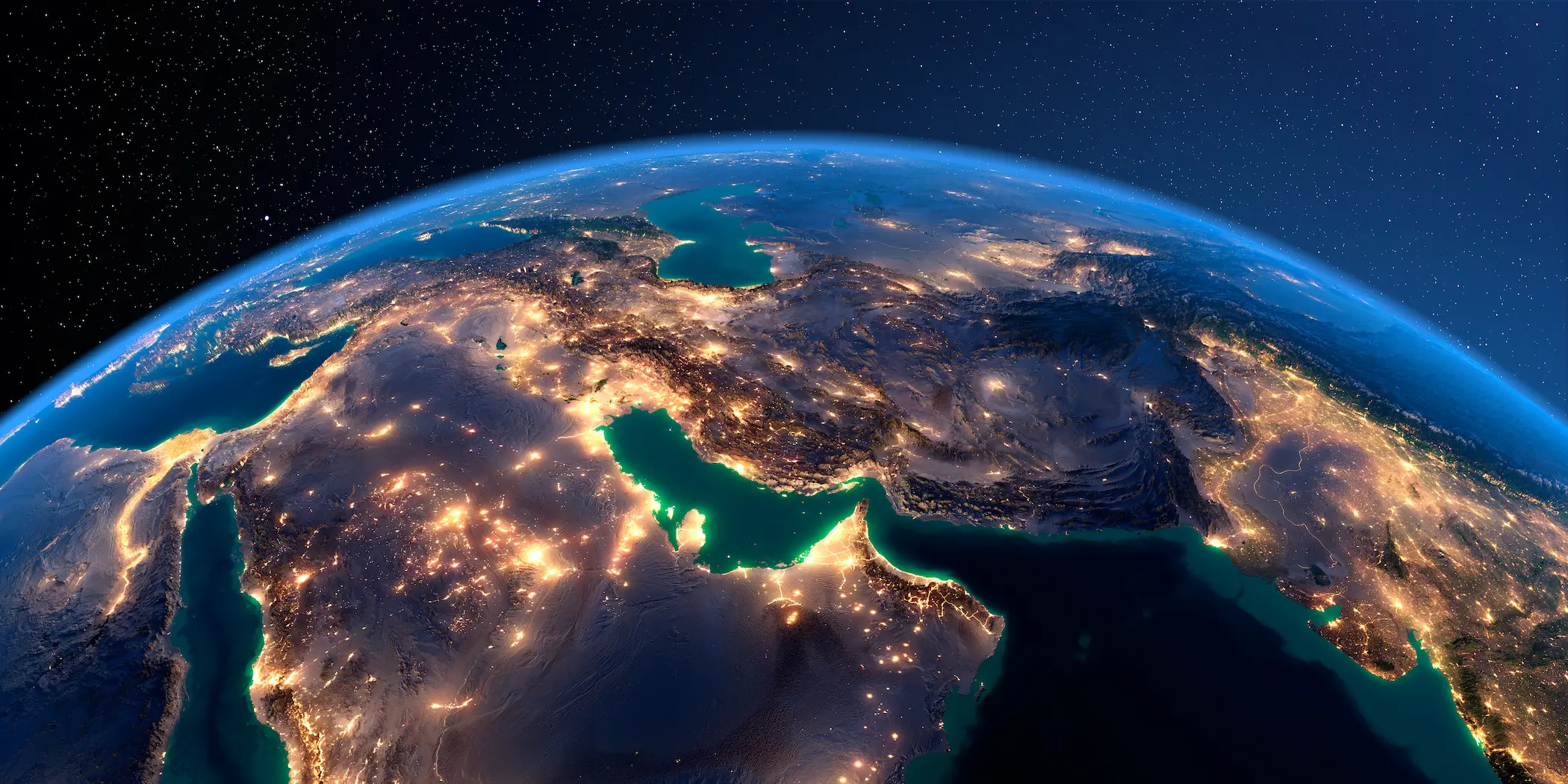
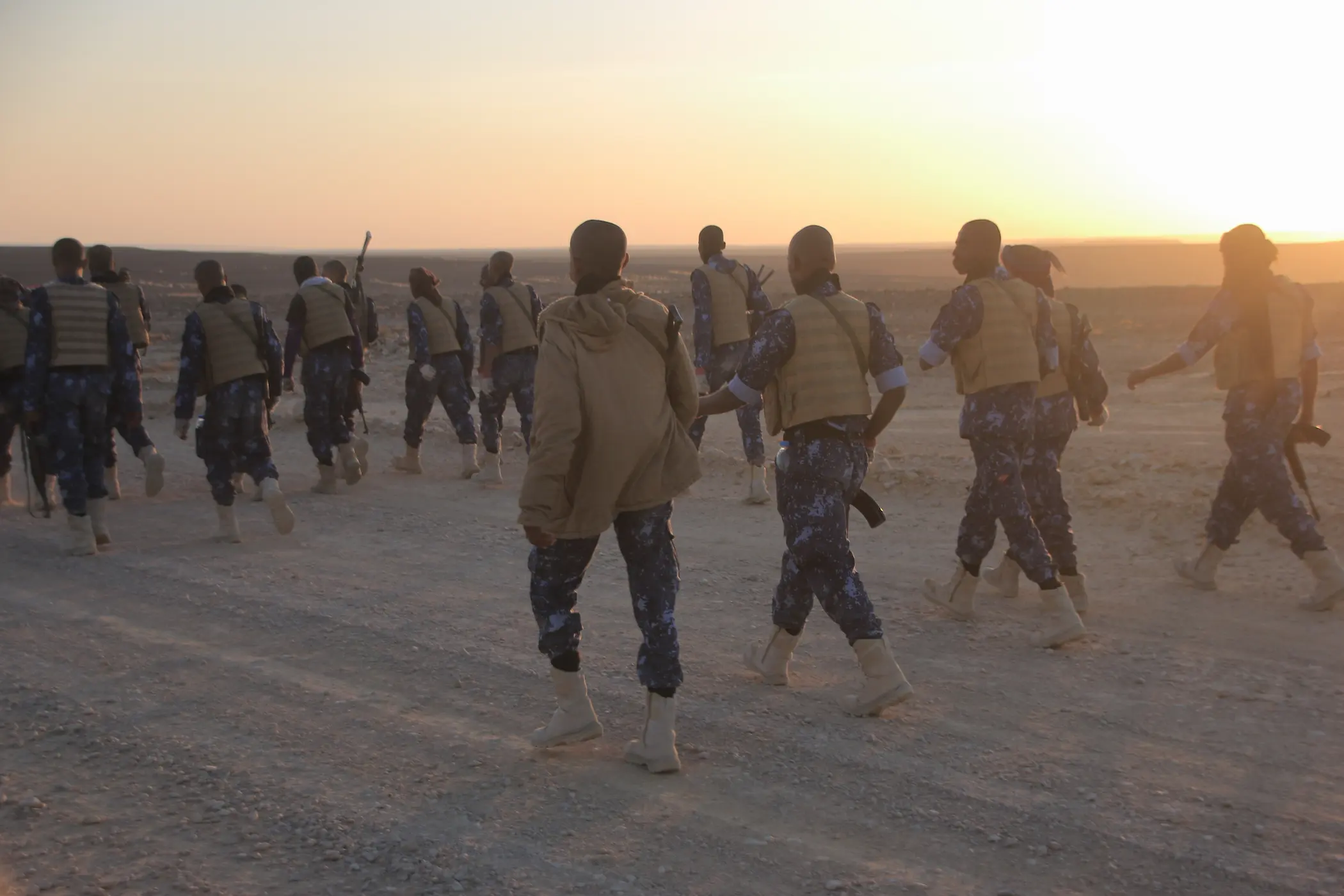

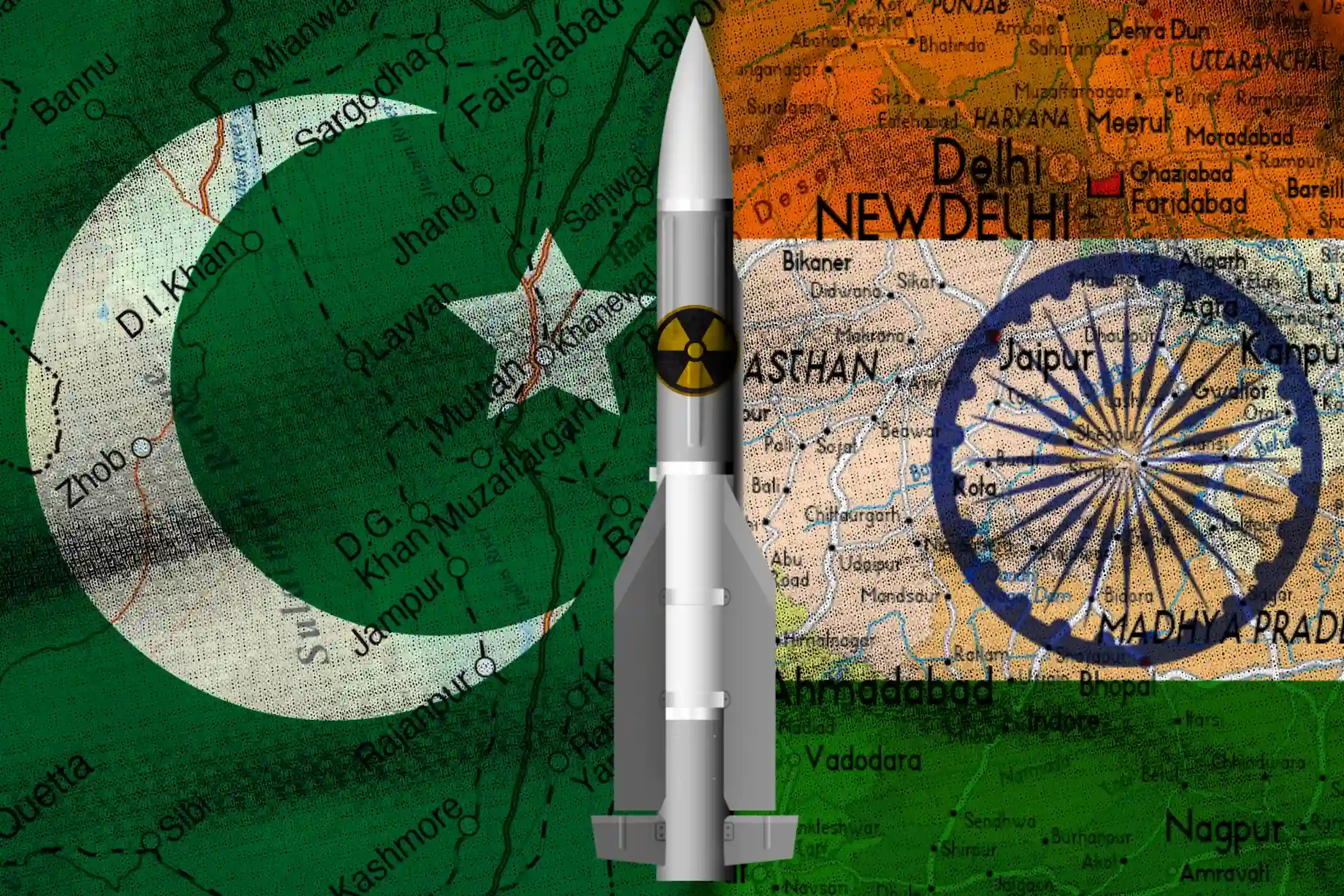






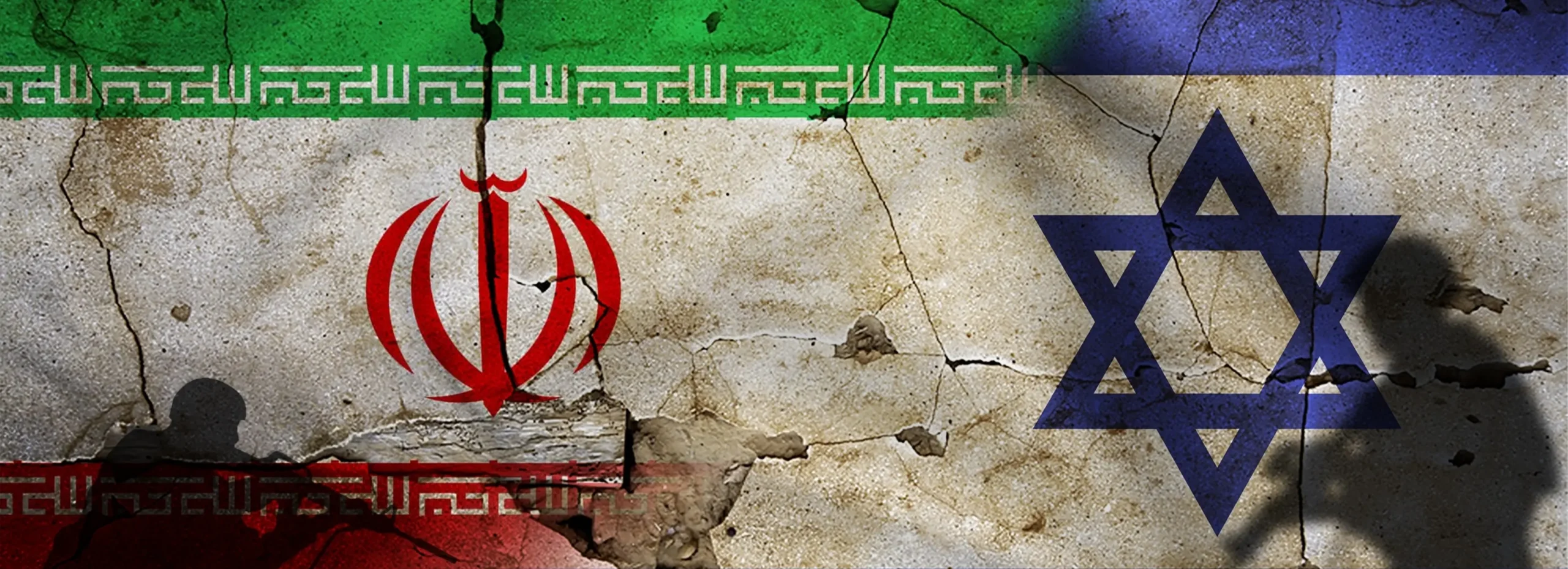
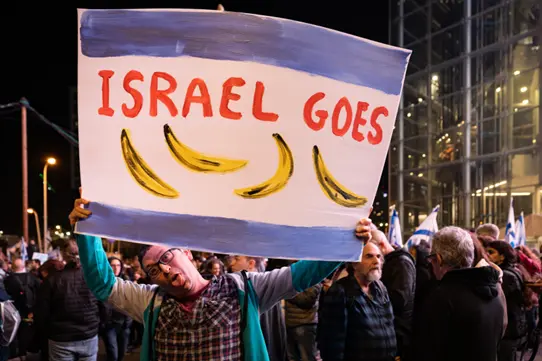
Comments